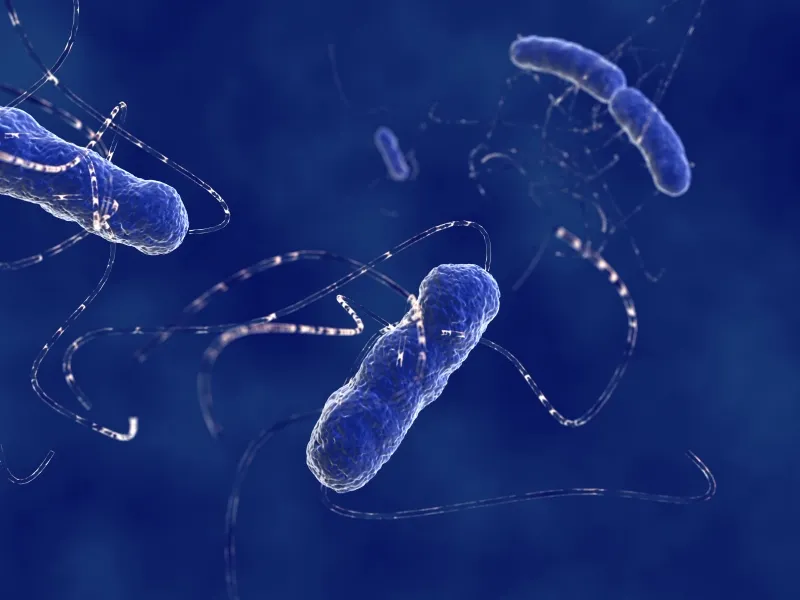
Our Agile Internal World
I have talked about the overwhelming number of bacteria housed in a healthy digestive system, 100 trillion little critters compared to a measly 10 trillion cells in the body those critters inhabit. One very smart health blogger, Chris Kresser, has suggested that if the twentieth century was the era of anti-biotics, the twenty-first will be the era of pro-biotics, and I hope he’s right. We’re constantly learning – and we have a lot more to learn – about our intestinal flora. Diversity is just one hallmark of probiotic health. We know that specific bacteria are associated with different health properties (different bugs in lean vs heavy people, for instance), even if we don’t know yet how to apply that observation in a therapeutic way.
Researchers have added one more piece to the puzzle: it seems our intestinal microbiota, our critters, are quickly agile and responsive to the changing content of our diet. Changing from a mostly plant to a mostly meat diet, and vise versa, alters the number and character of our probiotic species within days. Meat plates seemed to summon a host of, well, carnivorous probiotics! And your probiotics develop greater carbohydrate digesting abilities when you eat mostly plants. And when you go back to your pre-change diet, so do your gut bugs.
We learned earlier this year that in at least one experimental situation , 60% of our bugs are the same sampled over five years, probably reflecting how set in our dietary ways most of us are. Indeed, those with significant weight changes also demonstrated greater instability in their gut flora.
Takeaway? If you have a digestive problem, it’s worth it to take a look at the composition of your diet and expect some significant change if you alter what you eat. Both of these diets were extreme, plants OR meat, and not a combination. I try to remember, as a meat eater, that plants should still occupy the major portion of my “plate’s real estate”, even if meat and fat might account for the bulk of the calories.

